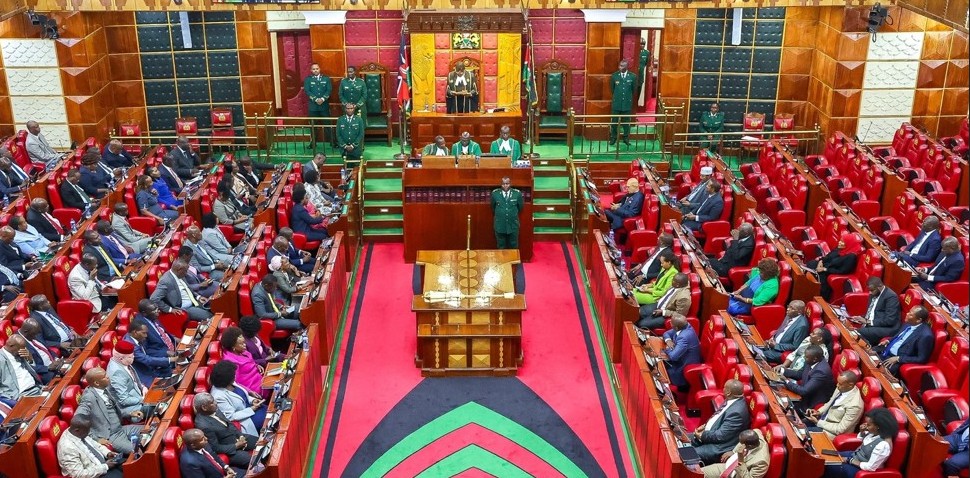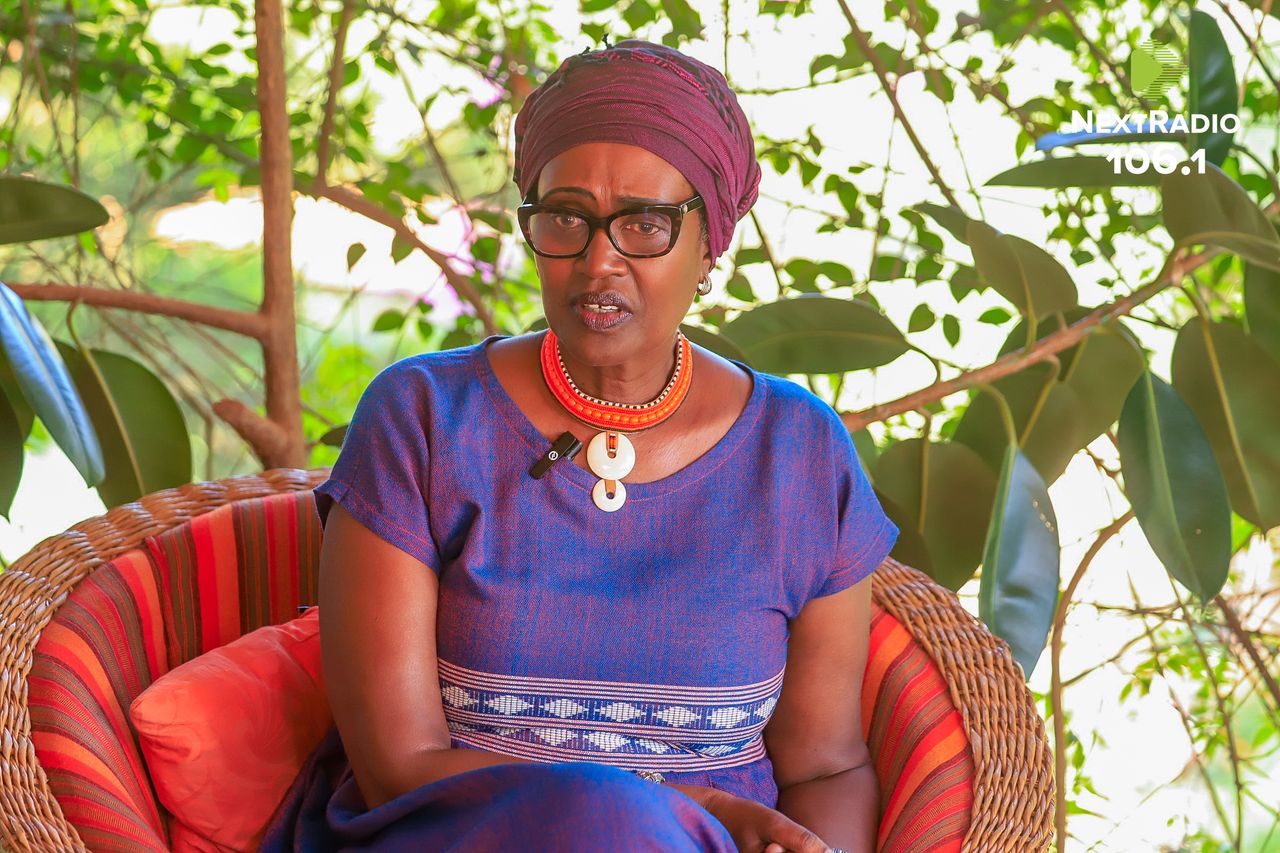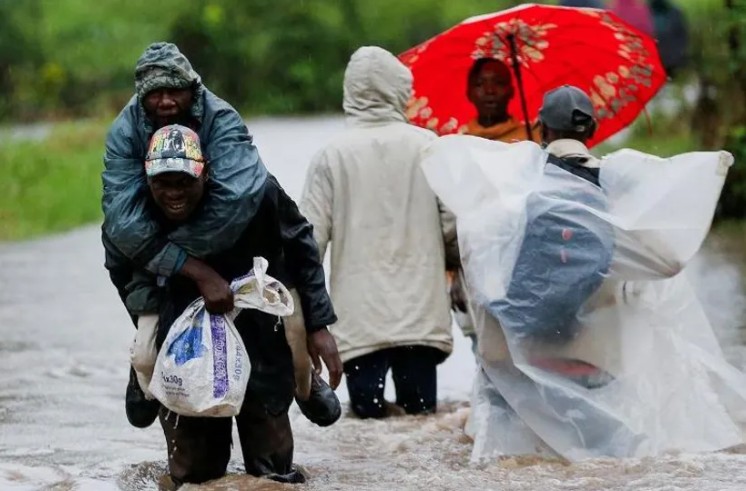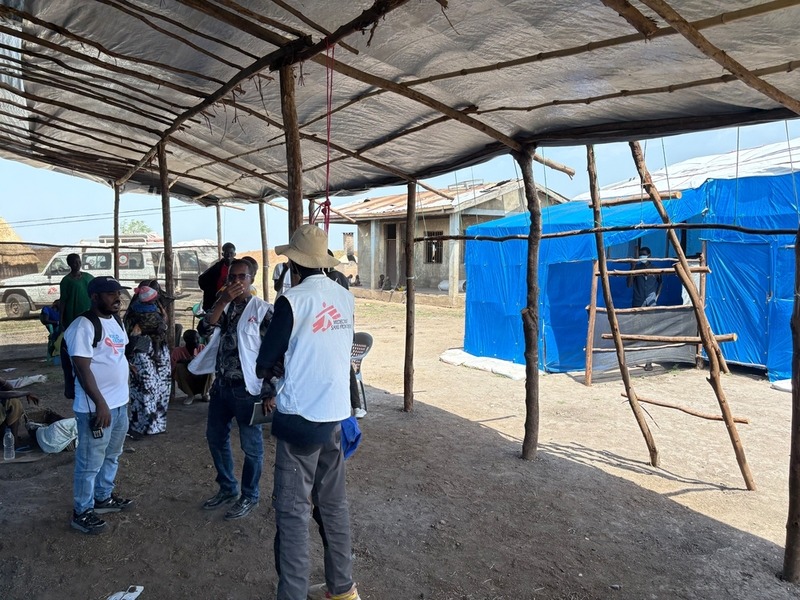Kenya’s food insecurity to worsen further as global 2030 zero hunger goal falls short
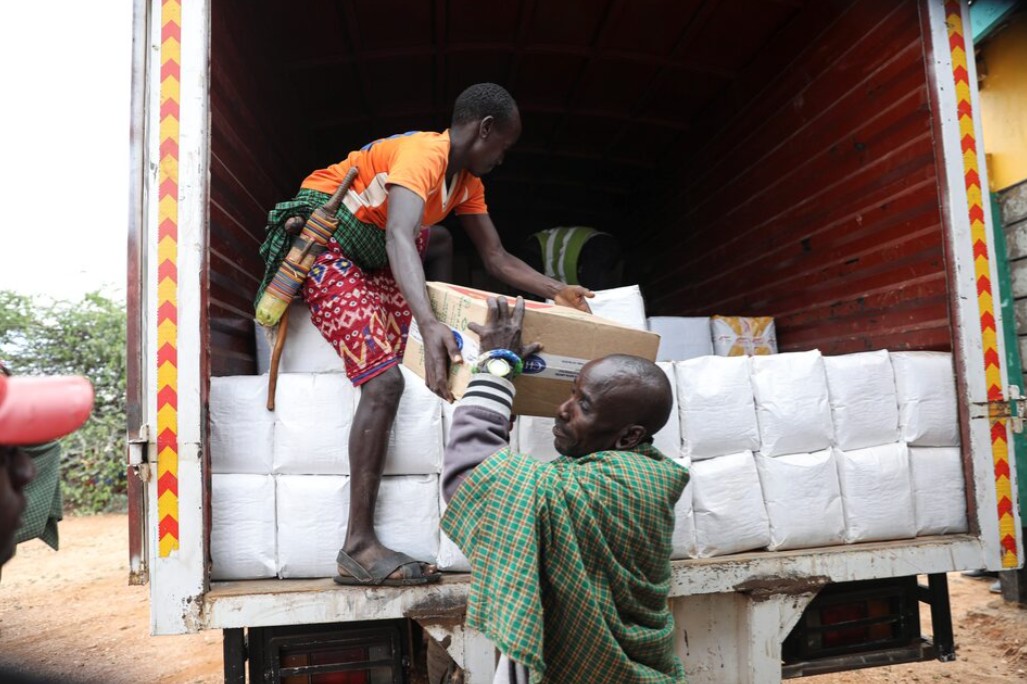
FAO notes that the progress towards the broader goal of ensuring regular access to adequate food for all has stalled, highlighting the need to re-look the food security financing system.
The global community is reportedly making strides toward eradicating hunger and food insecurity by 2030. However, recent trends reveal a troubling reversal in progress.
According to the Food and Agriculture Organisation (FAO), persistently high levels of hunger, food insecurity and malnutrition are jeopardising the achievement of this target.
More To Read
- Somalia declares drought emergency as millions face hunger after failed rains
- Taita Taveta residents to receive fresh guidance on biotechnology amid rising misinformation
- WFP warns of hunger crisis in Nigeria as 35 million face food shortages
- Somalia faces worsening hunger with millions needing assistance
- Parents lead the fight against malnutrition as Turkana’s ACCEPT project shows big results
- MSF raises alarm over extreme malnutrition as Sudan crisis deepens
“The world is still far off track to achieve Sustainable Development Goal (SDG) 2, Zero Hunger, with the global prevalence of undernourishment persisting at nearly the same level for three consecutive years after having risen sharply in the wake of the Covid-19 pandemic,” FAO said.
It adds that between 713 and 757 million people faced hunger in 2023, one out of 11 people worldwide and one out of every five in Africa.
“Hunger is still on the rise in Africa, but it has remained relatively unchanged in Asia, while notable progress has been made in the Latin American and Caribbean region.”
In Kenya, a concerning outlook for the future suggests that the country is on track to experience a significant increase in food insecurity.
Projection by the World Bank’s ‘World Food Security Outlook’ indicates that by 2029, the prevalence of severe food insecurity in the country is expected to rise by two percent from last year’s record of 27.8 percent to 28.2 percent in 2029.
The lender’s report further projects that the country’s severely food-insecure population will soar by 10 percent to reach a staggering 17.2 million people by 2029. This from 15.6 million people in 2024.
Regionally, Africa is noted to have the largest percentage of the population facing hunger, at 20.4 percent, compared with 8.1 percent in Asia, 6.2 percent in Latin America and the Caribbean, and 7.3 percent in Oceania.
However, Asia is still home to the largest number, 384.5 million, or more than half of all those facing hunger in the world.
In Africa, 298.4 million people are said to have faced hunger in 2023, compared with 41.0 million in Latin America and the Caribbean and 3.3 million in Oceania.
This alarming trend underscores the need for urgent action and a re-evaluation of strategies aimed at combating hunger.
FAO notes that the progress towards the broader goal of ensuring regular access to adequate food for all has stalled, highlighting the need to re-look the food security financing system.
“The current food security and nutrition financing architecture is highly fragmented and needs a shift from a siloed approach to a more holistic perspective,” the organisation said.
“Enhanced coordination among actors is needed on what is essential considering national and local policy priorities. To that aim, transparency and harmonising data collection are crucial for improving coordination and targeting financing effectively.”
Top Stories Today



